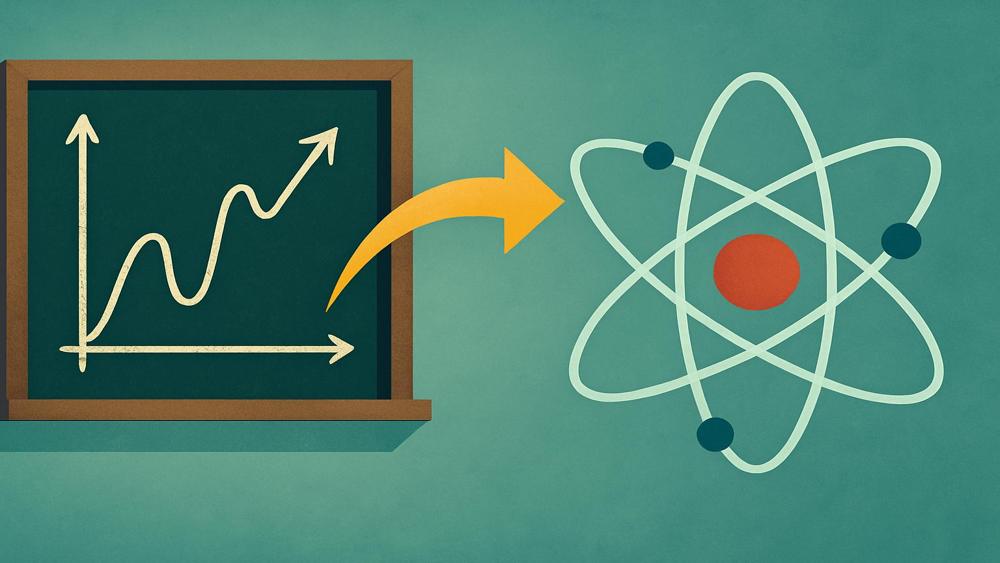OpenAI
A new theory-guided framework could help scientists probe the properties of new semiconductors for next-generation microelectronic devices or discover materials that boost the performance of quantum computers.
|
ADVERTISEMENT |
Research to develop new or better materials typically involves investigating properties that can be reliably measured with existing lab equipment. But this represents just a fraction of the properties that scientists could potentially probe in principle. Some properties remain effectively “invisible” because they are too difficult to capture directly with existing methods.
Take electron-phonon interaction. This property plays a critical role in a material’s electrical, thermal, optical, and superconducting properties. But directly capturing it using existing techniques is notoriously challenging.
Now, MIT researchers have proposed a theoretically justified approach that could turn this challenge into an opportunity. Their method reinterprets neutron scattering, an often-overlooked interference effect as a potential direct probe of electron-phonon coupling strength.
…

Add new comment